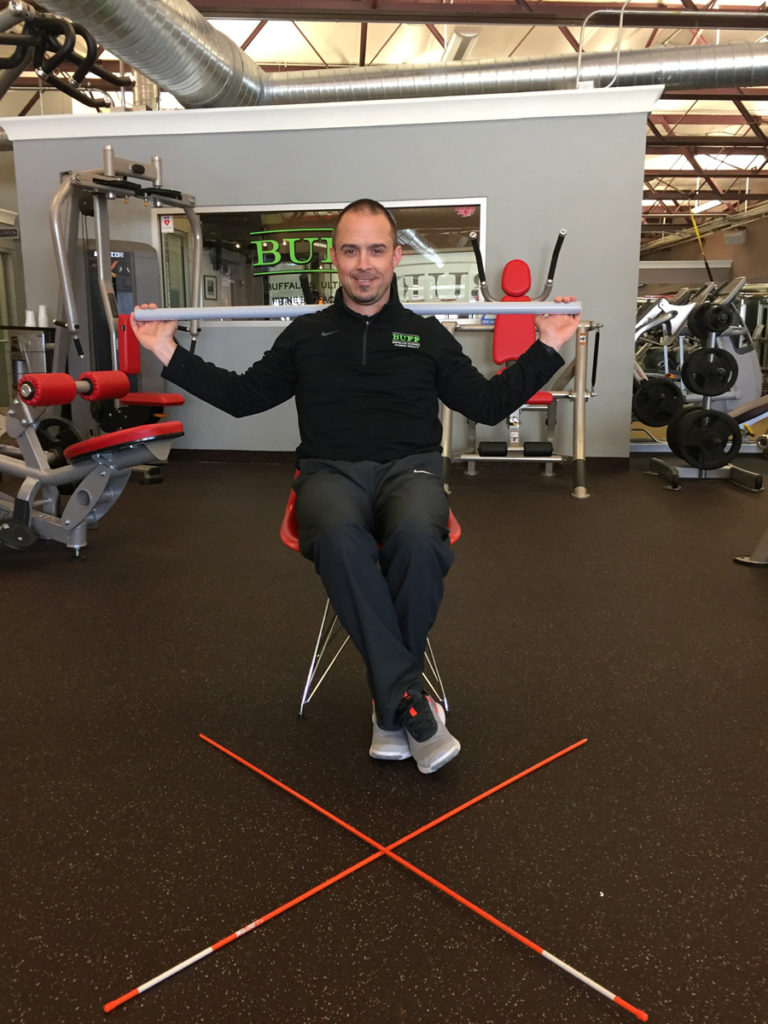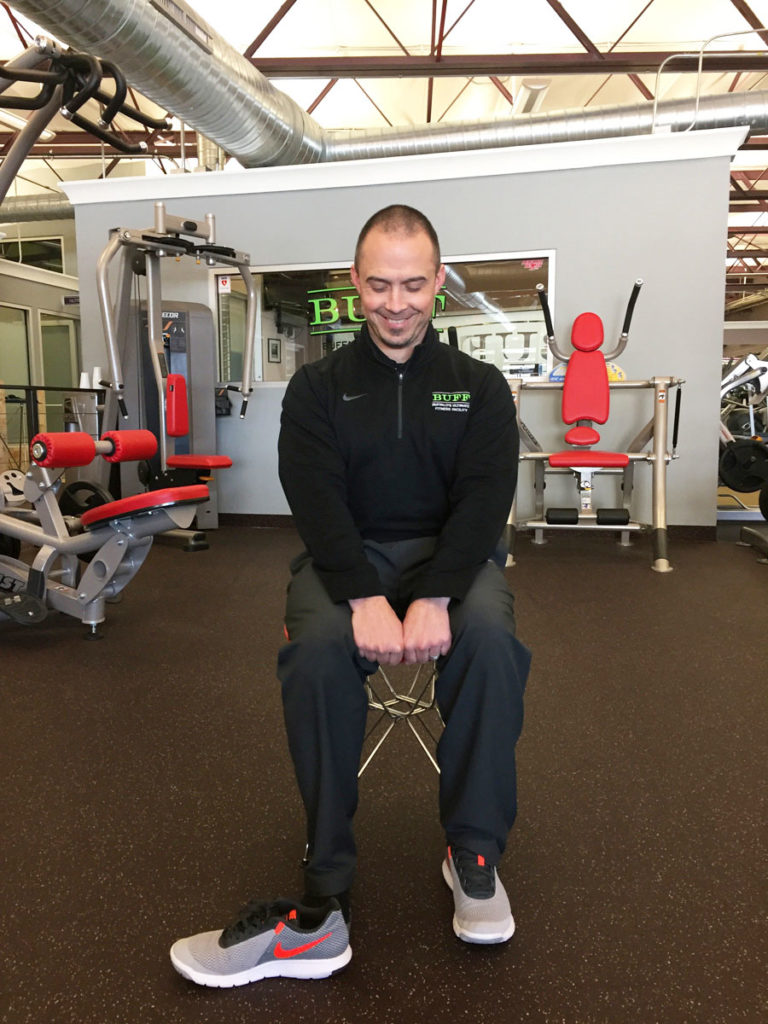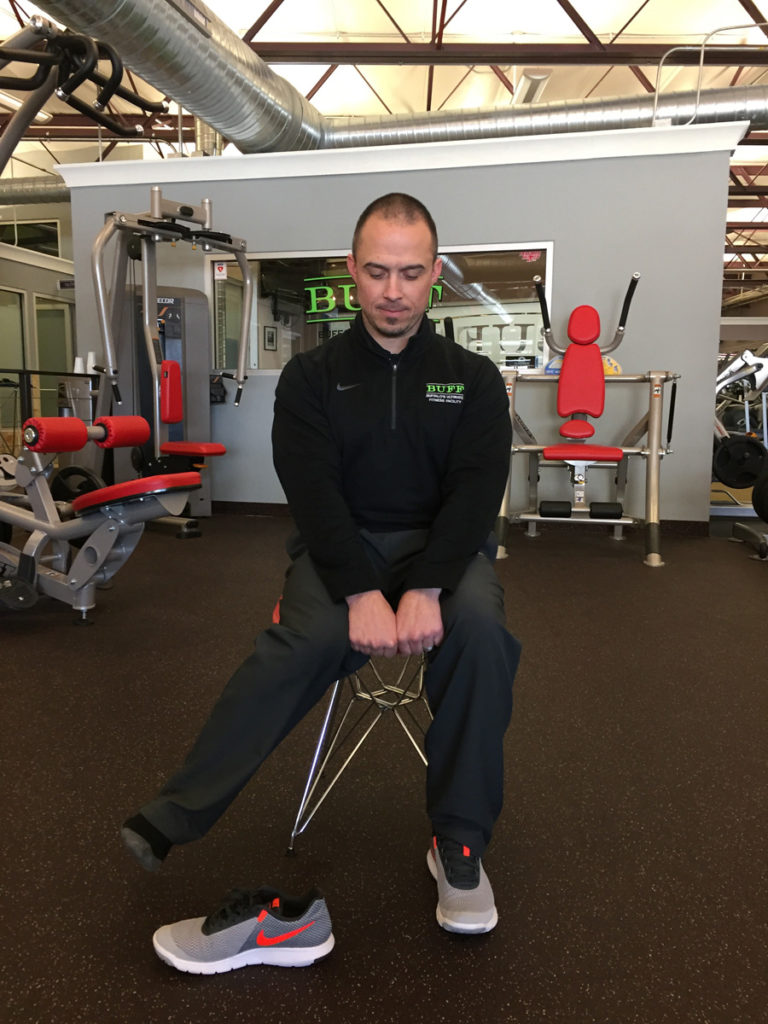
Golf is one of the greatest games ever invented, but it's even better when we are playing great and feeling good. The number one complaint I hear during or after the completion of a tournament is "my low back hurts". Even more note worthy is that for many, the only time their back hurts is when they play golf. Let's dive into this more.
Golf and Mobility
The body is comprised of a bunch of movement patterns. We aren't a just bag of parts and pieces. I say this because you may have pain in your low back, but that doesn't necessarily mean your low back is the problem. The low back is just where breakdown occurred. When taking a good look at movement patterns, you'll see alternating areas of stability and mobility. The areas of the body that need to be stable are the lower neck, shoulder blade, elbow, hand, lower back/lumbar spine, knees, and mid foot. The areas opposite of that need to have good movement or mobility and include: mid neck, shoulder joint, wrist, thoracic spine/mid back (where all the ribs connect), hip joints, and ankles. Often times, after injury or just the fact we get told to sit still all day from the time we are little kids and on through our adult life, compensations occur; areas that should be mobile lose motion, and our body then tries to create motion from areas that should be stable.
Where does the golf turn come from? The two most important areas we need to be able to turn from for golf or any other rotational sport (baseball, hockey, tennis, squash, etc) are the thoracic spine and hips. When we talk about "turning your shoulders" that is motion from your t-spine. Ankle and shoulder mobility are important also, but we will cover those another time. The lower back ends up compensating for the t-spine and/or hips when we ask our body to make a bigger turn in golf than what is available. To put it plainly, if your shoulder turn or hip turn isn't available, you'll end up turning from your low back. The lumbar spine/low back is actually built for forward and backward motion. It will allow some forced rotation though, thereby severely increasing the odds of a disc injury or herniation. Nobody needs that pain in the back!!
Shoulder Turn
How do you know if you have enough "shoulder turn" or thoracic motion? You can try this simple test at home. Sit on the edge of a chair with two sticks crossed on the floor that make an "X", giving you a 45 degree angle to measure by: the amount of shoulder turn needed for golf. To test your shoulder turn to the right, first cross your right foot over the left and keep your knees together. This blocks your hp and low back from turning. Holding another stick or golf club in both hands behind your neck, turn as far as you can to the right. Hopefully your turn is equal or greater than the 45 degree mark on the floor. See pictures. Repeat to the left, but crossing the left foot over the right this time. Is your shoulder turn equal in both directions?
Hip Turn
To test your hip turn, take one of your shoes off and place it in front of your foot as seen in the picture. Keeping two fists between your knees for stability, rotate your leg towards the outside. Make sure your upper body stays upright and you're not leaning, because that would be cheating the turn and wouldn't give a true test. Your foot should clear your shoe. This is testing internal rotation at the hip joint and should be repeated on both sides. Internal rotation needs to be a minimum of 30 degrees but tour players have around 40-45 degrees of rotation available.
When proper motion is available, we feel great and have the ability to play great! Focusing on improving the lack of any motion in these areas can also increase your distance, consistency, swing speed, and longevity in the game!





